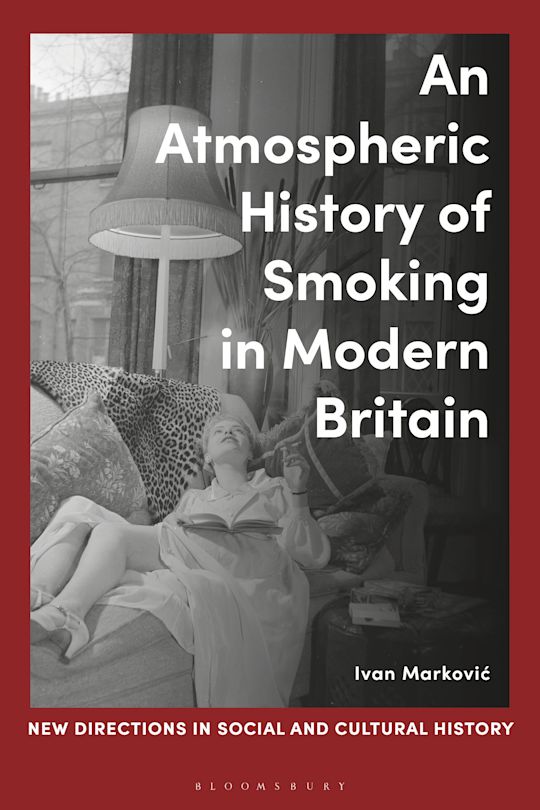
Psychologists have extensively investigated the phenomenon of reaction times, a field of study whose roots extend back to a period before psychology was officially acknowledged as a distinct discipline. Today, reaction times stand as a fundamental aspect of cognitive psychology, frequently employed to discern differences in cognitive processing across various conditions. One of the earliest and most notable initiatives to gather reaction time data was undertaken by Francis Galton, a trailblazing statistician and eugenicist. In the late 19th century, Galton compiled a significant dataset of ‘simple reaction times’ from 3,410 participants, motivated by his hypothesis that faster reaction times could imply higher intelligence — a concept he believed could be an effective indicator of cognitive ability.
This historical data raises a thought-provoking question: have reaction times accelerated or decelerated over the century since Galton’s era? If Galton’s hypothesis is accurate, it might reflect more extensive generational changes in cognitive function. Reaction time data thus presents an enticing contrast to the well-known Flynn Effect, which pertains to the marked generational rise in IQ scores. While the Flynn Effect challenges the notion that contemporary generations are intellectually diminished, reaction time data may imply that Victorians possessed a cognitive advantage — at least in terms of speed.
Research aimed at juxtaposing Galton’s discoveries with modern studies uncovers a fascinating trend. Analyses, such as those conducted by Silverman (2010) and Woodley et al. (2015), have repeatedly indicated that today’s participants exhibit longer reaction times. These studies, which span decades and employ diverse methodologies, including replications utilizing original equipment, conclude that today’s young adults are roughly 20 milliseconds slower on average compared to their Victorian predecessors. Although 20 milliseconds might seem trivial, it signifies a considerable 10% deceleration in reaction time measurements.
The ramifications of this possible slowdown invite a wide range of interpretations. Could it indicate a genuine decline in cognitive abilities, or might it mirror increased cognitive pressures due to heightened multitasking demands? Alternatively, it may stem from shifts in motivation or differing experimental conditions across time periods. While conclusive results remain elusive due to the uniqueness of Galton’s extensive dataset and the lack of intermediate studies, these reaction time observations challenge preconceived notions about cognitive evolution over the last century.
In summary, although reaction times seem to have lengthened modestly over the past 100 years, the broader implications regarding cognitive capacity remain unclear. Additional research examining these historical and modern datasets is vital for comprehending the intricate factors influencing cognitive processing speed and their progression through generations.